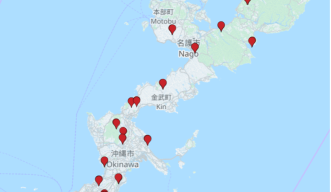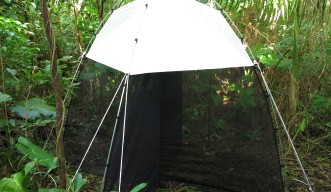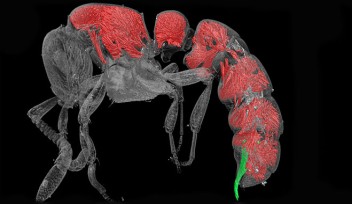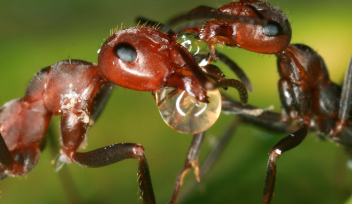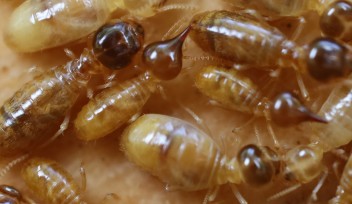Okinawa’s ants change their seasonal rhythms amid land-cover changes
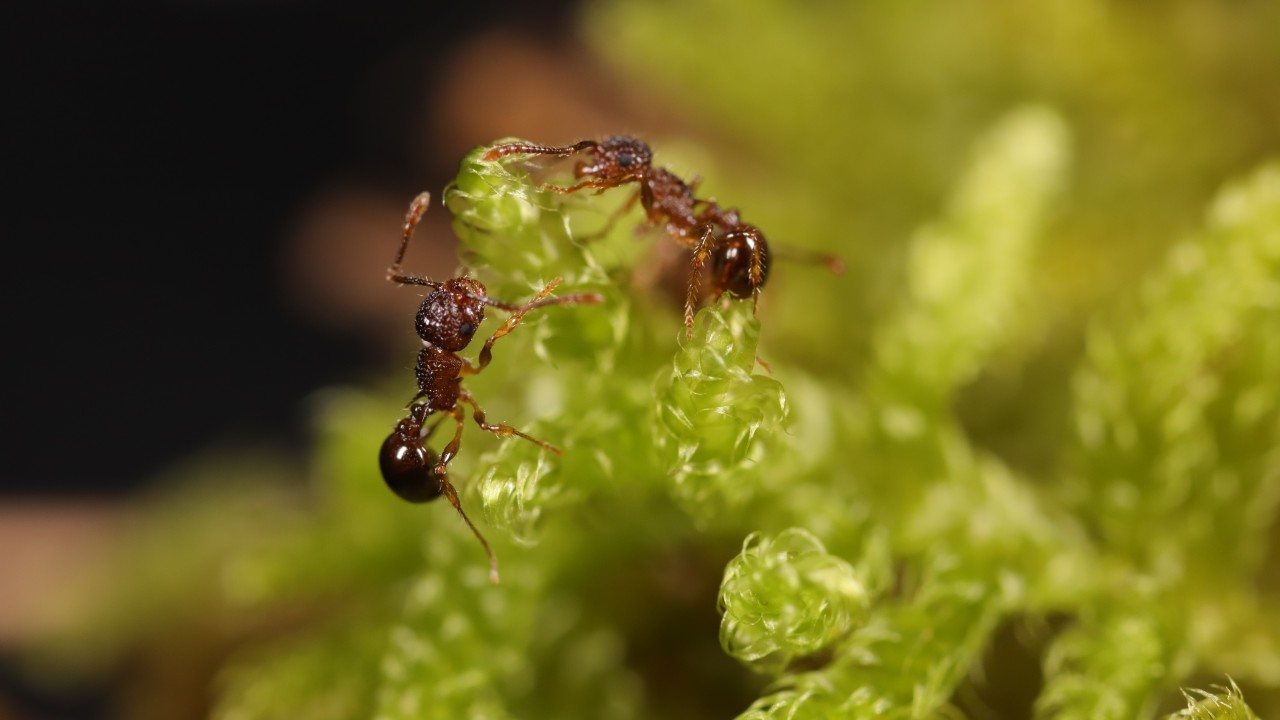
Insects have an important role in maintaining the health of ecosystems, but our understanding of how human activities affect their populations is limited. This gap in knowledge is worrying because of the decline of insect populations and the severe consequences on ecosystems and agriculture.
Researchers at the Okinawa Institute of Science and Technology (OIST), working with collaborators in Ireland, have led a project to understand how land-cover changes affect the seasonal behavior of ant communities in Okinawa.
After collecting and identifying a whopping 1.2 million ants in different environments across Okinawa Island, they found that ant communities in areas with more human development lose their natural seasonal behavior and are more unpredictable when compared to sites with greater forest cover. Their results have been published in the journal Proceedings of the Royal Society B.
In natural environments, especially those with very distinct seasons, insects in general are more active in spring and summer, and less active in winter. This pattern repeats every year. However, this study shows how changes to land cover by humans can disrupt these patterns, which are linked to important ecosystem services that people depend on.
Every two weeks, worker ants were collected from traps across 24 sites in the Okinawa Environmental Observation Network (OKEON), managed by the Environmental Science and Informatics Section at OIST. Researchers identified the different ant species and counted how many of each they found. Using these data, they calculated how much ant communities were varying over time, and they modeled relationships with land cover characterized by site using remote sensing imagery. After finding that communities were changing less over time for developed areas than forested ones, they delved deeper and found that the seasonality of these communities in particular was diminished.
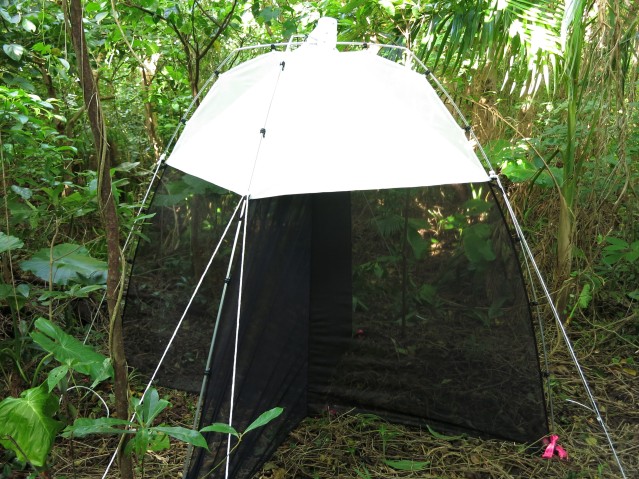
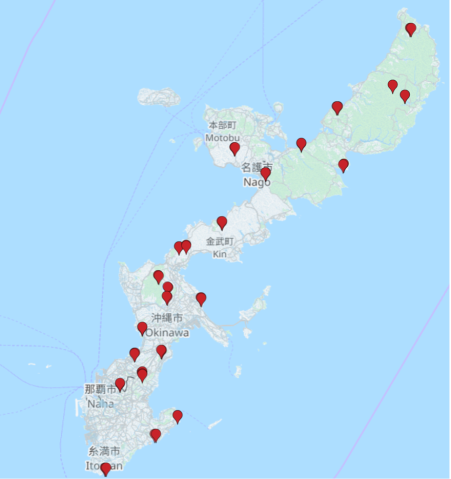
“In forest areas, these natural seasonal cycles are preserved; however, in areas with more human development activities, these patterns become disrupted and degraded,” Prof. Evan Economo, head of OIST’s Biodiversity and Biocomplexity Unit, explained. “This results in a certain unpredictability regarding which species are active and a reduction in the natural cycles observed throughout the year.”
The seasonal patterns of insect communities are linked to the important roles they play in the ecosystem, including decomposition, nutrient cycling, water purification, and seed dispersal. Ants hold a key position because of their large numbers and the multiple functions they perform.
For Prof. Jamie Kass, a former OIST researcher who is now at Tohoku University, understanding how insect behavior changes over time is key. “If we only record their activities a few times a year, we risk missing important seasonal changes. Most studies do not consider this aspect, which makes our research unique. We show that human activities may be disrupting the normal seasonal behavior of insect communities, and this is an important but underexplored result of serious environmental changes worldwide.”
Article Information
Specialties
Research Unit
For press enquiries:
Press Inquiry Form










